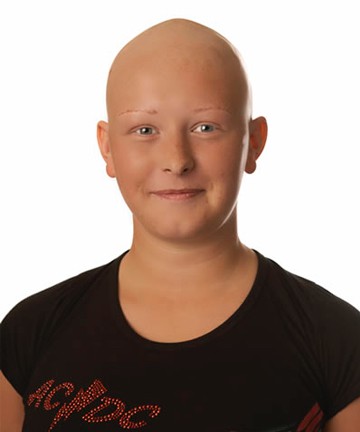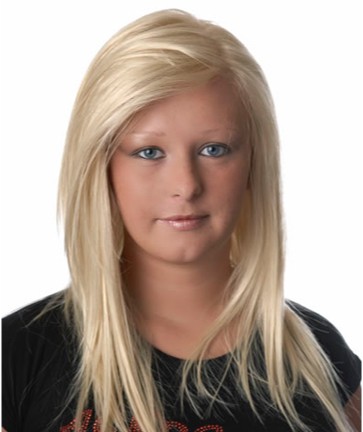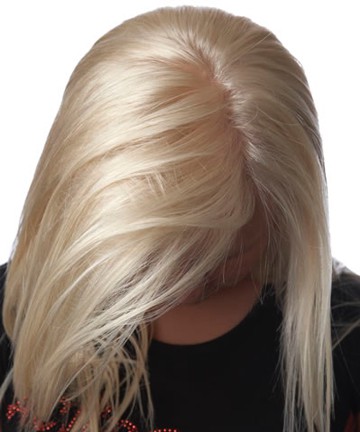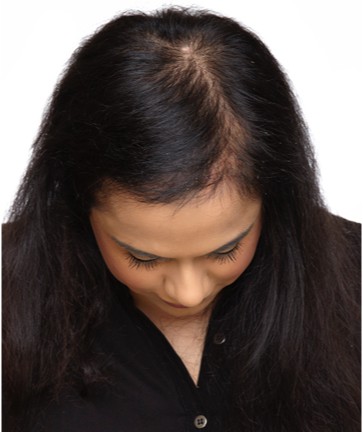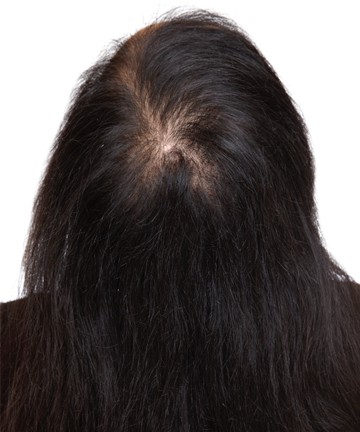Hair loss due to alopecia
Alopecia is the general name given to most types of hair loss and it can affect men and women alike. There are different types of alopecia, some more severe than others.
What causes alopecia?
When people hear the word ‘alopecia’, they usually associate it with the rare image of losing all bodily hair including the face and scalp in a short space of time. The truth, however, couldn’t be further removed from this assumption. In fact, alopecia is incredibly common and comes in many varieties. Moreover, in the medical community, alopecia is an umbrella term that refers to all forms of hair loss.
In this blog, we’re going to look at the key forms of alopecia and their causes.
Male/female pattern baldness
The most common form of alopecia, pattern baldness for either sex can be extremely stressful. On the male side, pattern baldness is generally considered to be hereditary with many health experts linking the condition to the overproduction of a particular male hormone. While rarely leading to a total loss of hair, the condition is known to affect half of all men by the age of 50.
For women, the underlying causes are less understood. Due to the fact that it can become more obvious once the woman has reached menopause, many speculate that the drop in female hormones are to blame, while others believe there is an element of hereditary influence.
Alopecia areata
Although alopecia areata can occur at any age, it is most common in those aged 15-29. The condition is known to leave small areas of baldness that usually recover after a short period of time. Those who suffer from auto-immune conditions such as hyperthyroidism, diabetes, or down’s syndrome have a higher likelihood of suffering from the disorder, although many experts believe that there is a hereditary link as in 20% of cases, a family member has previously suffered the same affliction.
Scarring alopecia
Accounting for less than 10% of all alopecia cases, scarring alopecia, or cicatricial alopecia is a condition that leads to the total destruction of the hair follicle, preventing any regrowth in the future. Current medical consensus dictates that it is brought about through complications with other conditions including scleroderma, and lichen planus.
Anagen effluvium
This form of hair loss can affect the entire body, including the scalp and face. Those who have had to endure chemotherapy or other invasive forms of treatment for cancer are often left with the condition for some time after the treatment is finished, with hair starting to grow back after a few months. In all cases, anagen effluvium is temporary, and does not automatically lead to total hair loss – in some cases, it is not even noticeable without close inspection.
Telogen effluvium
Another common type of alopecia, telogen effluvium is in most cases a temporary condition brought about through a variety of stimuli. It exhibits itself through thinning, rather than pattern baldness, and often resolves itself within six months or so. Common causes of telogen effluvium included intense emotional or physical stress, short or long-term illnesses, changes in diet, medication or simply hormonal changes.
You may find that some of these problems require medical support. However, we find that people often approach us seeking a more suitable solution, or additional support, so please book a consultation with the Hair Growth Studio if you’d like advice from a different perspective.
Clients We Have Helped
Below are two of our clients who suffer from varying degrees of alopecia.
Contact Us Today
That’s where we come in; if you have experienced permanent hair loss we can restore your hair safely with no surgery. Our Perm-a-graph procedure is the perfect solution so don’t hesitate to contact us for a quick, easy and confidential consultation.
Need more information? Why not read about our hair loss treatment for men and for women.
